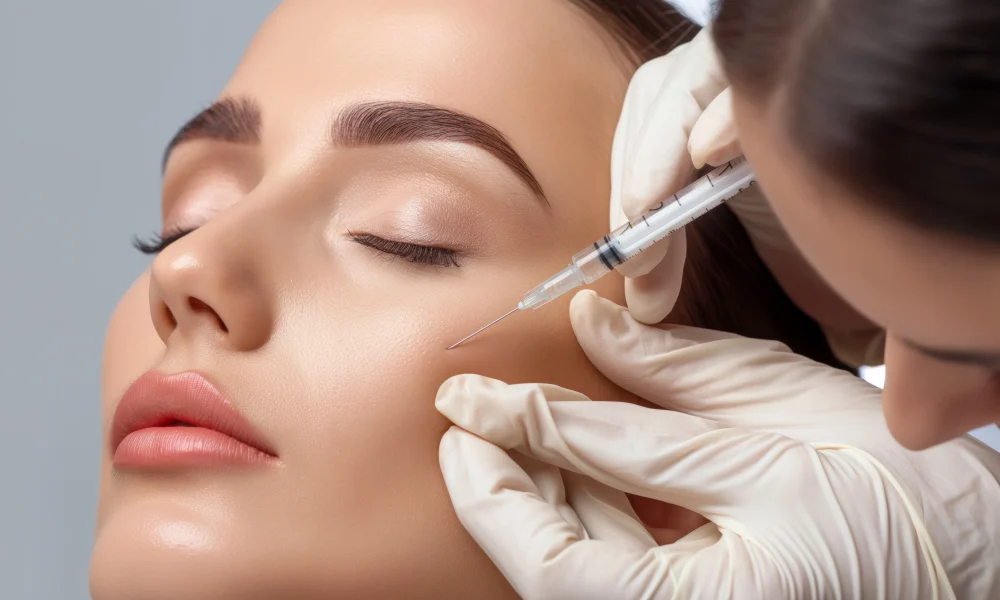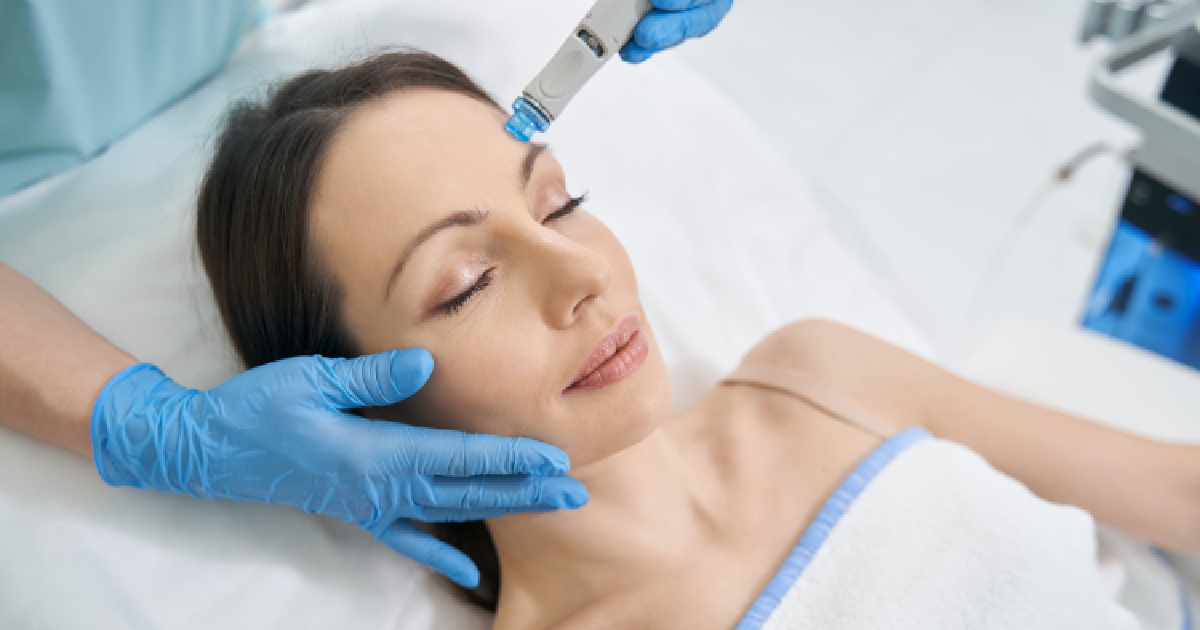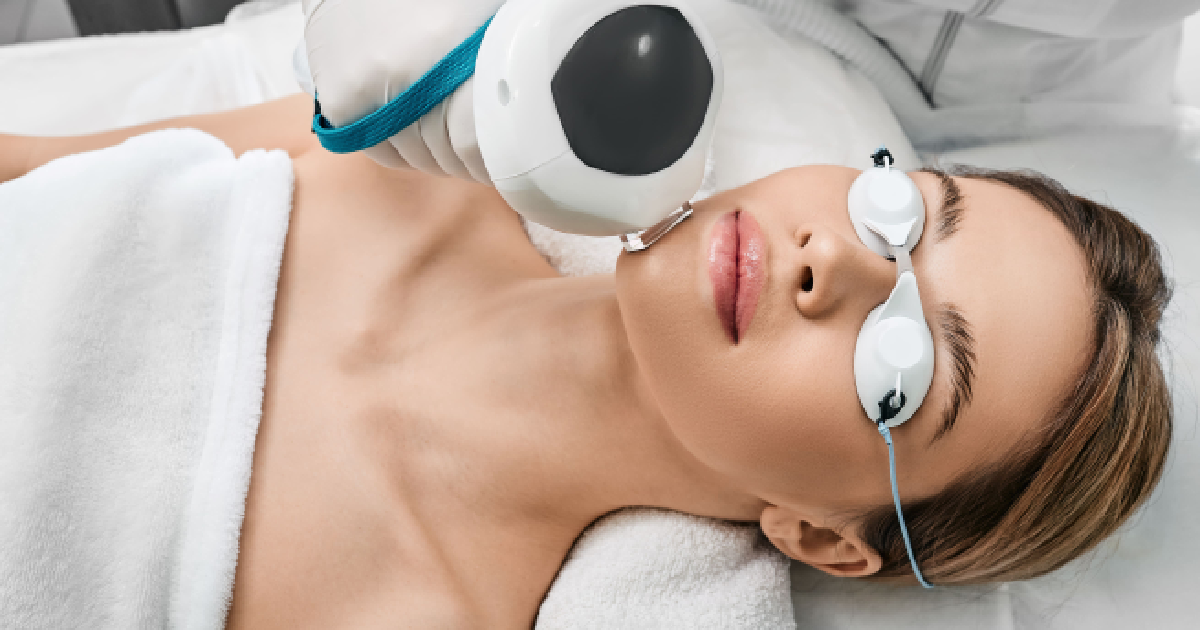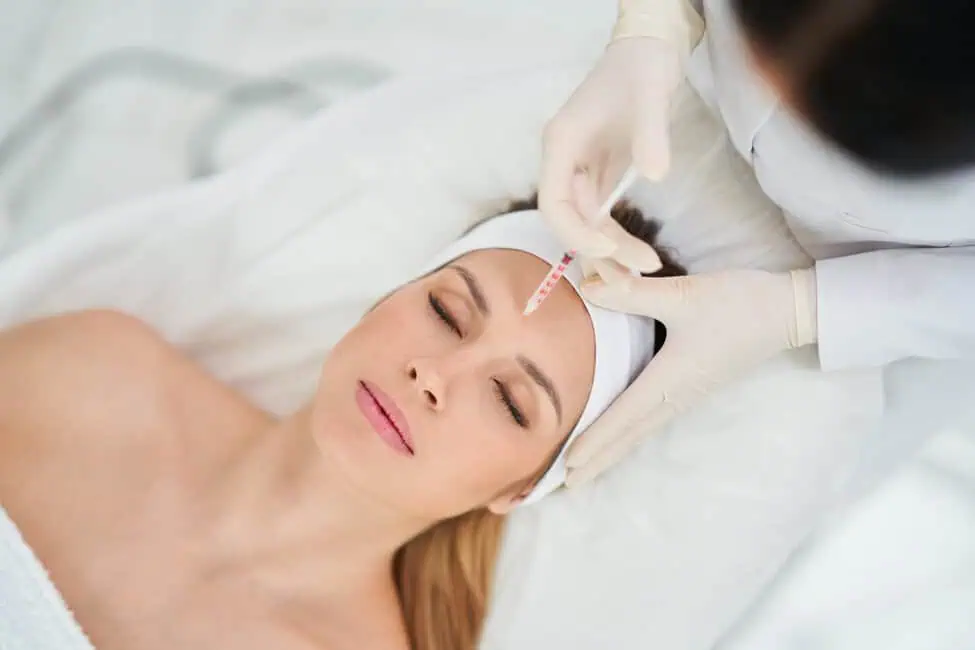Table of Contents
Hyperhidrosis is more than just occasional sweating; it’s an ongoing issue that can impact your day-to-day life, leading to discomfort and self-consciousness. Whether you’re dealing with soaked clothes from underarm sweat or constantly damp palms, it can take a toll on your confidence. Botox, while widely known for its cosmetic uses, offers a highly effective solution for this condition.
What Exactly is Hyperhidrosis?
Hyperhidrosis causes the sweat glands to overproduce moisture, even when there’s no real need for it. In normal circumstances, sweating is your body’s way of cooling itself down, but those with hyperhidrosis experience excessive sweating that isn’t related to physical exertion or heat. People tend to get it on their underarms, palms, feet, and faces.
There are two types of hyperhidrosis: primary and secondary. Primary hyperhidrosis isn’t caused by any other medical conditions; it’s usually linked to genetics or irregularities in the nervous system. Secondary hyperhidrosis, however, is often triggered by other health issues like thyroid disorders, infections, or diabetes. Understanding which type of hyperhidrosis you have helps determine the best treatment method.
How Does Botox Address Hyperhidrosis?
Botox treatments work by targeting the chemical that triggers sweat production. To understand the science behind it, you need to know about acetylcholine—a neurotransmitter that sends signals from nerves to the sweat glands, telling them to release moisture. Botox essentially interrupts this communication, stopping the glands from overproducing sweat.
The injections are placed just below the surface of the skin, targeting only the specific areas causing the problem. Unlike other treatments that may impact overall body function, Botox is localized, meaning it won’t affect your body’s overall ability to regulate temperature.
What Happens During the Botox Procedure?
The Botox treatment for hyperhidrosis is a quick outpatient procedure that typically takes about 15 to 30 minutes, depending on the size of the treatment area. The process is straightforward: the specialist will clean the treatment area and spreading a numbing cream to minimize discomfort, especially in sensitive areas like the palms or soles. Then, using a thin needle, Botox is injected into multiple sites around the affected area.
The amount of Botox used varies based on the severity of the sweating and the size of the area. Underarms, for example, might need more injections than smaller areas like the hands. Once the treatment is done, you can get back to your routine, though it’s a good idea to avoid strenuous activities or excessive heat on the same day.
How Effective is Botox for Hyperhidrosis?
If you’re wondering how well Botox works, the numbers speak for themselves. Most patients encounter a significant reduction in sweating, often by as much as 80% to 90%. Results generally begin within two to four days after treatment, with maximum benefits seen around two weeks post-injection. The effects typically last anywhere from four to six months and, in some cases, up to 12 months. After that, follow-up treatments will be necessary to maintain the results.
Botox is especially effective for underarm sweating, but it can also be used on other areas like the hands, feet, and even the face. In the case of palmar hyperhidrosis, Botox has proven to be around 80% effective, although the injections can sometimes cause temporary muscle weakness in the hands.
Is There Downtime or Side Effects?
One of the great things about Botox for hyperhidrosis is the minimal downtime. Most people can go back to their normal activities right after the procedure. However, it’s best to skip heavy exercise or heat exposure on the day of the treatment to avoid complications.
Side effects are generally mild. Some people might experience slight bruising, swelling, or discomfort at the injection site, but these symptoms usually fade within a few days. In rare cases, there might be muscle weakness, particularly if the hands or feet are treated, but this is temporary and resolves on its own.
Who Should Consider Botox for Hyperhidrosis?
If your hyperhidrosis hasn’t responded well to other treatments like prescription-strength antiperspirants or oral medications, Botox could be a viable option. It’s an ideal choice for those seeking a non-invasive, long-lasting solution to excessive sweating. However, individuals with certain medical conditions, like neuromuscular disorders or those taking medications that interfere with nerve signals, should consult with a doctor before moving forward with Botox.
Choosing an experienced provider is key when it comes to Botox for hyperhidrosis. The injections need to be precisely administered to avoid complications like asymmetry, especially in sensitive areas like the face. An expert knows how to customize the treatment for you.
Why Botox Stands Out as a Hyperhidrosis Treatment
Unlike more invasive procedures such as surgery, Botox offers a safe, non-surgical option for managing hyperhidrosis. Surgery, like sympathectomy, can come with significant risks, including compensatory sweating—where sweating increases in other areas of the body to compensate for the blocked sweat glands. Botox, on the other hand, doesn’t lead to this kind of side effect, making it a safer and less drastic solution.
Botox has been FDA-approved specifically for underarm hyperhidrosis, but it’s also used off-label to treat other areas. The fact that Botox can target localized sweating without affecting overall thermoregulation is another reason it has become a go-to treatment for this condition.
Takeaway
If hyperhidrosis is holding you back from living confidently, Botox might be the breakthrough you’ve been looking for. Botox treatments are not only effective at reducing excessive sweating, but they also offer long-lasting results without the need for invasive procedures.
Whether you’re dealing with underarm sweating, clammy palms, or facial moisture, Botox for Hyperhidrosis can significantly improve your quality of life. The benefits of Botox extend beyond just sweat reduction—this treatment helps you feel more comfortable in your skin, regain confidence, and eliminate the everyday challenges caused by hyperhidrosis.
Ready to experience the benefits of Botox firsthand or other aesthetic services? Book a Botox Session to treat Hyperhidrosis at Glow MedSpa Of 30A and see how our team can address your requirements.





